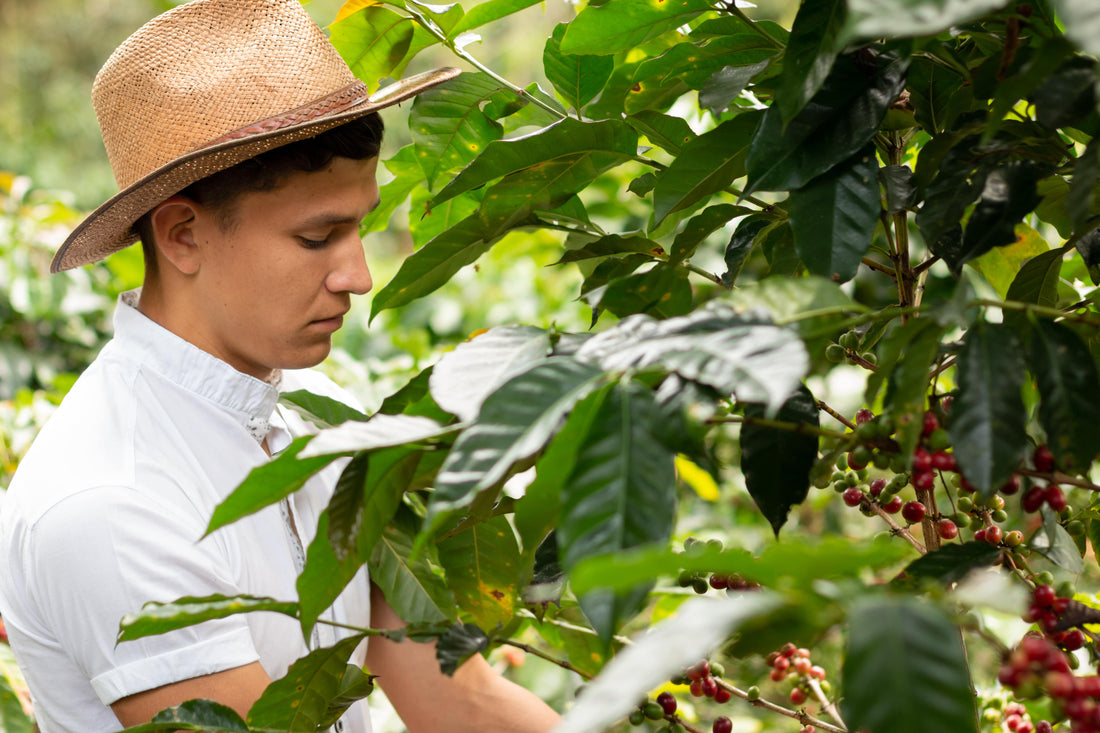Brazil being the largest producers and exporters of Arabica on earth, means they also have the biggest influence when it comes to impact on availability and price.
This year coffee production reached an estimated 54 million bags, an increase from last years production of 51 million. There has recently been a reported shortage of containers available for export in Brazil; mixed with producers and exporters holding back stocks of coffee, which has seen tensions around meeting export demands from buyers.
Cecafe has reported that Brazil shipped 4.355 million bags of coffee in October, a 21.8% increase from the same period last year. The higher yielding exports seem to be for roasters, rather than being sent to the ICE for certification. This has meant we have not had any significant influx of stocks in certified inventory for the second year in a row. The lack of certified inventory means we are still vulnerable to price fluctuations, due to technical drivers rather than being easily lead by the fundamental inputs in the coffee market.
There have been mixed reports on the weather in Brazil and with a lack of inventory to fall back on, this has seen some rally’s in coffee pricing recently. But with well documented rains before the current dry spell, the soils are holding a sufficient level of moisture to support healthy maturing of the current trees. At this point in time we do tend to see a bit of back and forth on the impact of weather vs coffee yield for the coming years harvest.
There is a reported system of dry and hot weather coming for Brazil, which does pose a threat if it runs on for too long. It could also signal that we can expect wet weather patterns in East Africa, which will help offset any significant loss to global supply. Current reports are saying that we have seen about 2% of the average rain fall in Minas Gerias. This area accounts for 30% of the Brazilian Arabica, allowing this crop to be a good signifier for what is to come across the rest of the country.
There are no current clear indicators for what we can expect in the immediate future. There is a multitude of conflicting views from partners and producers on what may happen. But when we look further into the future the outlook still seems bright, with a decent crop predicted for the coming year and a slowing demand from the European markets.

